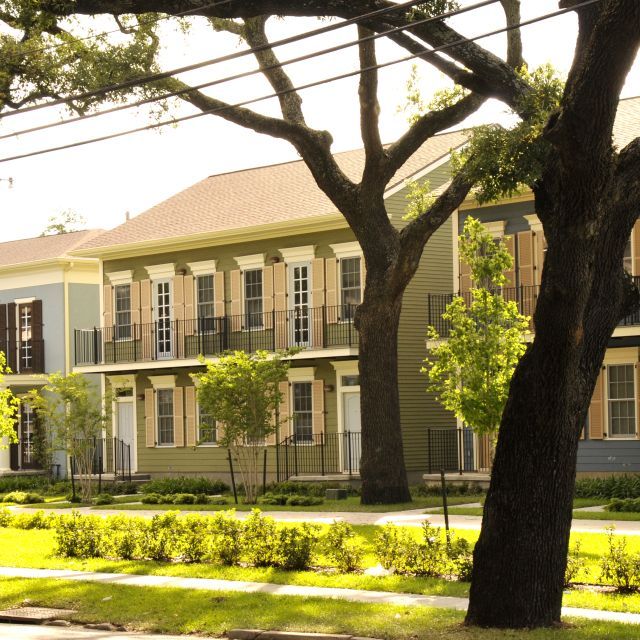Part 2 of our examination of challenges and opportunities for office-to-housing conversion [Read part 1 here]
Even when financial and structural factors line up to streamline the conversion of office buildings to multifamily housing, a tangle of local regulatory and market factors can often stand in the way.
If you thought any part of this would be easy, think again. State and local building codes and zoning regulations are complex, varied, and evolving over time. Retrofitting older office buildings, which were permitted and built under previous building codes and zoning regulations, means that the developer will have to work on ensuring that the re-developed property meets any current codes and regulations.
Zoning and Building Codes
Zoning work throughout the U.S. is constantly evolving, and some jurisdictions are re-zoning certain areas or sites as the use and needs of local communities and changes in the built environment. Generally, local zoning codes prohibit residential uses in commercially zoned areas, and under this circumstance, converting an office building on a commercially zoned site will require applying for and receiving a variance. Time and effort are involved in working with local public agencies and navigating concerns or opposition in public reviews to receive the needed approval. Local support for such changes, especially those who support creating new housing in their jurisdictions, can help facilitate and/or expedite these processes.
In addition to zoning changes, a new and different set of building codes will be applicable to the re-developed project. Generally, building codes for residential use vary considerably from those that govern office buildings. Adapting an existing structure to a new use under a different series of building codes and other local requirements will require inter-agency coordination and possibly allowing for some exemptions to address the complexities of this type of redevelopment.
“Time is money” is an aphorism that rings true for those developers seeking to convert office buildings into multifamily housing. Without a public effort to streamline the approval and permitting process for office-into residential conversions, the regulatory uncertainty in these complex redevelopment projects will likely deter many developers who otherwise would be interested in conducting such conversions.
Market Conditions
Analyzing the nation’s office vacancy data shows that between Q3 2020 and Q4 2022, the U.S. office vacancy rate rose from 14% to 17.1%. However, focusing on the overall vacancy rate does not tell the full story. Generally, Class A office properties, broadly defined as high-quality office buildings with desirable amenities that are in prime commercial locations, have been capturing most demand for office space, a phenomenon known as “flight to quality.”
For example, office properties built between 2015 and the end of 2022 had a positive net absorption rate of 94.8 million square feet (which means that more office square footage in Class A properties became physically occupied than vacant during that period), compared to negative absorption rates for office properties built pre-2015. Specifically, office buildings built in the 1980s had a negative absorption of nearly 98 million square feet.
The flight-to-quality trend contributes to higher vacancy rates in Class B and C office properties and in this scenario, older Class B and C office properties may be better candidates for office-into-residential conversions than Class A office properties with lower vacancy rates. It’s important to note, however, that this trend is not necessarily universal, and the definitions of Class A, B and C office properties are subjective and heavily based on the local real estate market’s office space quality, location, and proximity to desired services.
Additionally, recorded vacancies in office properties do not always mean that the whole office building is vacant. Therefore, developers interested in converting office properties that are partially vacant into residential developments will have to negotiate existing lease terminations, which may include office lease buy-outs. Overall, these market conditions can help developers navigate properties that are more suitable for office-into-housing conversions. Holding everything constant, under this framework, older Class B and C office properties with high shares of vacant square footage are more likely to be prime for such conversions than other office properties.
These guidelines will also help real estate stakeholders identify the locations in which office-to-housing conversions are more likely to be conducted (i.e., commercial areas with clusters of older Class B and C office properties that are suitable for office-into-housing conversions.). For example, most policymakers who are interested in supporting office-into-residential conversions are focused on facilitating such conversions in central commercial districts with a large supply of office properties, with the goal of boosting mixed-use areas where residents can live, work, use public transit, and patronize local, small businesses.
However, the flight-to-quality trend will likely limit where these conversions can be viable. If central business districts mostly include class A office properties and Class B and C properties with higher vacancy rates are in more peripheral/suburban locations, then office-to-residential conversions to support mixed-use area with a “live, work, play” model will be challenging.
Looking Ahead
Generally, the availability of office buildings that are suitable for office-into-residential conversions relies on having vacant or mostly vacant office buildings with acquisitions costs and structural and physical characteristics that make such conversions physically and financially feasible projects. Ultimately, in any real estate market, it’s the local regulatory landscape and access to necessary financial support that will either advance or block office-into-residential conversions.



